
Ingredient
Iron
The Mighty Mineral: Iron
Iron is a mineral that is naturally present in many foods. It is a key component of hemoglobin, a protein in red blood cells that carries oxygen from the lungs to the rest of the body. Iron is also involved in energy production and immune function.
Origins and history
Iron has been used by humans for thousands of years. It has historical significance in the production of tools, weapons, and even currency. Today, iron is primarily obtained through dietary sources and is vital for maintaining optimal health.
Nutritional information
Iron is an essential mineral that is necessary for the production of hemoglobin and the transport of oxygen throughout the body. It also plays a role in energy metabolism and immune function. The recommended daily intake of iron varies depending on age, sex, and life stage.
Allergens
Iron does not pose allergenic risks on its own. However, individuals with certain medical conditions, such as hemochromatosis, should monitor their iron intake and consult with a healthcare professional if necessary.
How to select
Iron is commonly found in a variety of foods, including red meat, poultry, fish, legumes, leafy green vegetables, and fortified cereals. When selecting iron-rich foods, opt for high-quality sources and consider combining them with vitamin C-rich foods to enhance iron absorption.
Storage recommendations
To maintain the freshness and quality of iron-rich foods, store them in a cool, dry place away from direct sunlight. Some iron-rich foods, such as leafy greens, may benefit from refrigeration to prolong their shelf life.
How to produce
Iron cannot be produced by individuals as it is a mineral that must be obtained through dietary sources.
Preparation tips
Iron-rich foods can be prepared in various ways, depending on the ingredient. For example, red meat can be grilled, roasted, or stewed, while leafy greens can be sautéed, steamed, or added to salads. It's important to note that iron absorption can be enhanced by pairing iron-rich foods with vitamin C-rich foods.
Culinary uses
Iron is commonly used in the culinary world as a fortifying ingredient in cereals, bread, and other processed foods. It is also a key component in the production of cast iron cookware, which is prized for its heat retention and even cooking properties.
Availability
Iron-rich foods are widely available in many regions around the world. However, the availability of specific iron-rich foods may vary depending on local agricultural practices and dietary preferences.
More ingredients from this category » Browse all
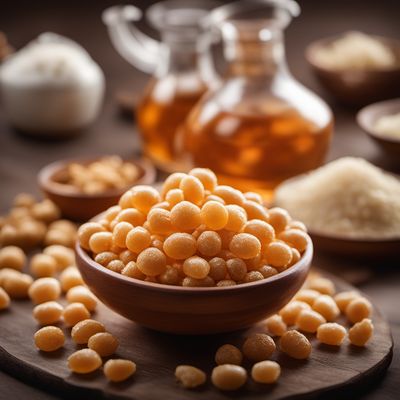
Phosphorus
The Essential Mineral
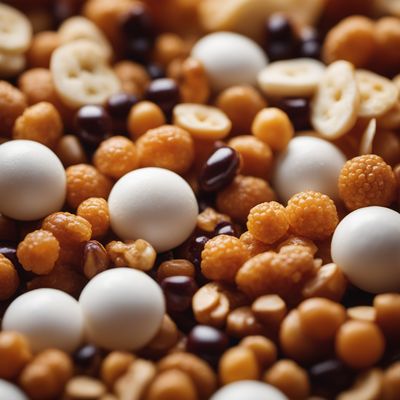
Molybdenum
The Essential Trace Mineral
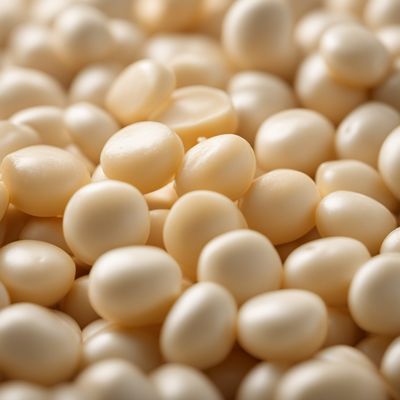
Manganese
The Mighty Mineral: Unveiling the Power of Manganese

Bromine
The Versatile Element of Bromine

Copper
The Versatile Element: Unleashing the Power of Copper

Chromium
The Mighty Mineral: Unveiling the Power of Chromium

Zinc
The Mighty Mineral: Unleashing the Power of Zinc
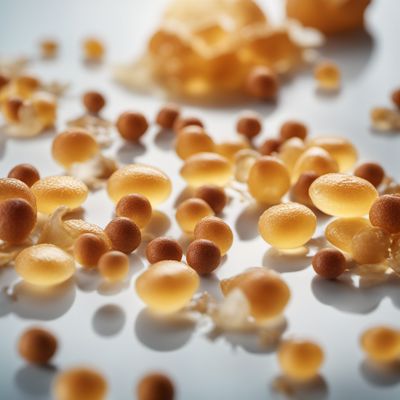
Fluorine
"The Mighty Element: Unleashing the Power of Fluorine"

Calcium
The Mighty Mineral: Unleashing the Power of Calcium
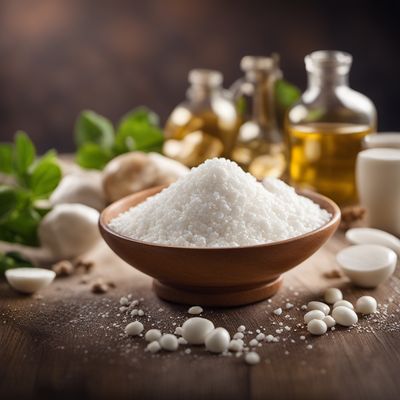
Selenium
"The Mighty Mineral: Unleashing the Power of Selenium"
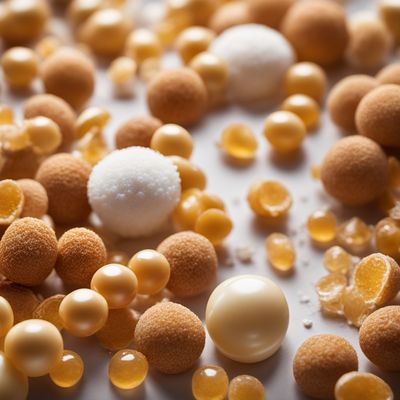
Magnesium
"The Mighty Mineral: Unleashing the Power of Magnesium"

Potassium
The Essential Electrolyte: Unleashing the Power of Potassium